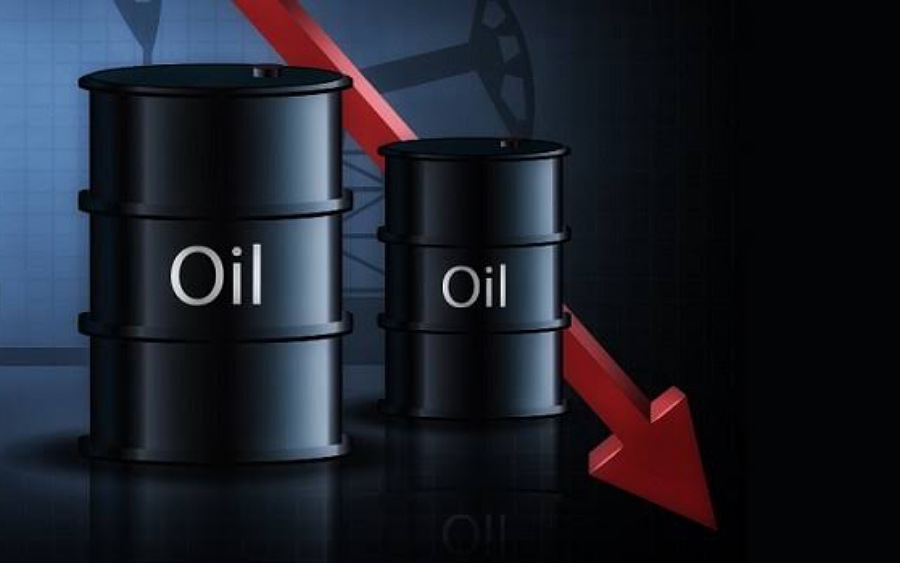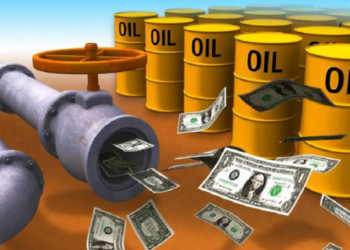Oil prices are up in the London session today after a call from the United States, the world’s top oil consumer, to the Organisation of the Petroleum Exporting Countries and its allies (OPEC+) to boost outputs. This has raised supply concerns as economies ease their coronavirus restrictions.
The global benchmark for oil, the Brent crude futures is up 0.21%, currently trading at $71.59 a barrel, while the U.S oil benchmark, the West Texas Intermediate (WTI) crude futures is also up 0.12%, currently trading $69.33, as of the time of writing this report.
Joe Biden’s administration yesterday urged the OPEC+ to boost oil output, so as to tackle rising gasoline prices in the U.S, which the administration sees as a threat to the global economic recovery.
Joe Biden’s administration stated that its outreach to OPEC+ is ongoing and aimed at long-term engagement, not necessarily an immediate response. They added that it had not called upon U.S. producers to ramp up production, which led the market to turn higher on Wednesday, said Phil Flynn, a senior analyst at Price Futures Group in Chicago.
The OPEC+ had earlier agreed in July to boost output each month by 400,000 barrels per day (BPD), starting in August, until the rest of their record cuts of 10 million bpd, about 10% of world demand, made in 2020 are phased out. However, there are still concerns that the increase will not be enough to meet demand as the U.S. and Europe ease their lockdown restrictions.
What they are saying
Edward Moya, senior analyst at OANDA said, “Crude prices are paring earlier gains that stemmed from President Biden’s plea to OPEC for more crude. The rally in oil prices is hitting a major roadblock in Asia as concerns grow China’s outlook is looking worse this month and that can’t be good for the demand outlook.”
ANZ said in a note that, “The Biden Administration said that the recently agreed production increases will not fully offset previous production cuts imposed during the pandemic.”
Bottomline
The EIA report weighed on prices as U.S. crude oil stockpiles fell modestly last week, out of step with forecasts, while gasoline inventories dipped to their lowest level since November. More volatile weekly demand numbers also declined.
Oil prices were earlier boosted by a pullback in the U.S. dollar, which can send speculative investors into greenback-denominated assets like commodities and also after the U.S. Senate late on Tuesday passed a $1 trillion infrastructure bill.















